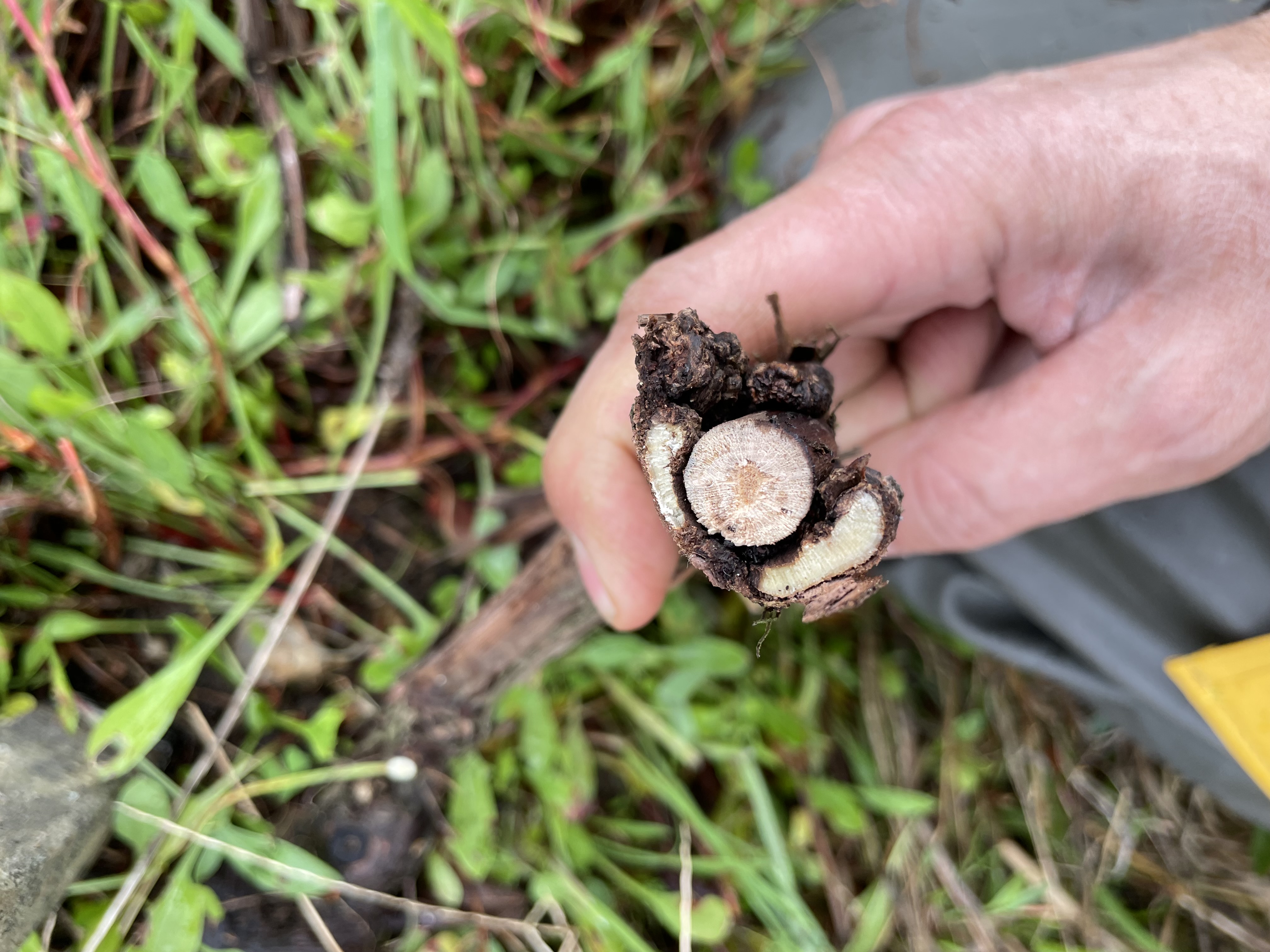Complants’ woods literally exploded during the season after the frosts of last spring, requiring to start from zero at the time of pruning to reform a vine.
c
exploded bark and cracked vines on cabernet sauvignon, merlot and petit verdot stems. This vision of wood of vines martyred by the spring frost was discovered at the end of autumn by the master tailor Massimo Giudici (Simonit & Sirch) in the vineyards of the South-Gironde (in the municipalities of Barsac and Pujols). On plots where temperatures globally fell to -6 ° C last April, planted plants aged 2 to 4 years have been showing torn bark, as if broken, on their young vines for months. Having observed this unusual damage only on isolated plants in this part of the Bordeaux vineyard, Massimo Giudici remembers having observed in Italy plant trees affected in their entirety after the 2017. ” There is nothing to do “ notes the tailor, who “Decides to cut on the wood of three years to leave”.
“It broke. It’s not good, we have to blow it up ” confirms the professor of viticulture Alain Deloire (Montpellier Supagro). According to the cuts made (photo below), the expert notes that “The spring frost affected the cambium cells, the most fragile of the wood (as they are meristematic cells). To have this damage, the temperature had to drop to -8-12 ° C, unless there was weakening of the foot (such as tillage tools). “
It is unrecoverable
 —
—
Seeing for the first time such damage in France, the professor emphasizes that the frost has not necrosed all the cambium, allowing phloem and bark production, but not wood. “It’s too damaged, we can’t recover it: 30 to 80% of the conduction [de sève] is lost, even though it concerns young vines in installation. Continuing on this branch, in 5 to 10 years the vine is dead. Receper below the exploded area. “
“We cut the foot in the hope that it starts again. It will depend on the grape varieties, but we hope that it will go well as these are young plants ” concluded Massimo Giudici.

Cross section of a vine with broken bark, with visible necrosis in the cambium. Photo: Massimo Giudici (Simonit & Sirch).
–
–


